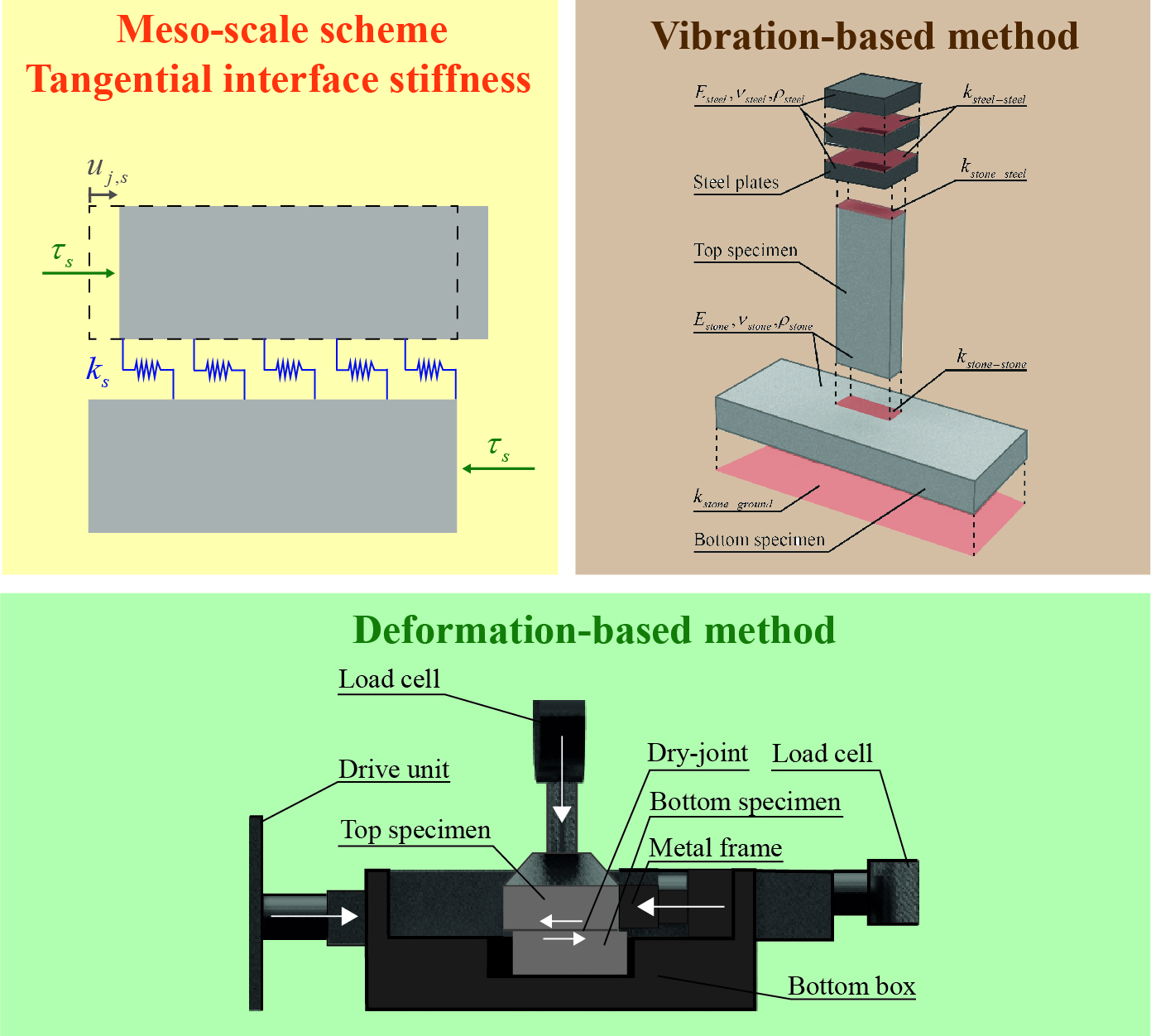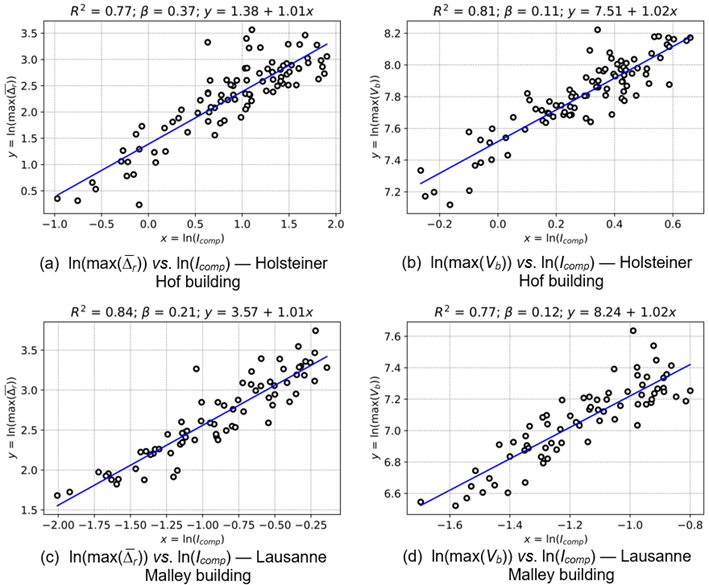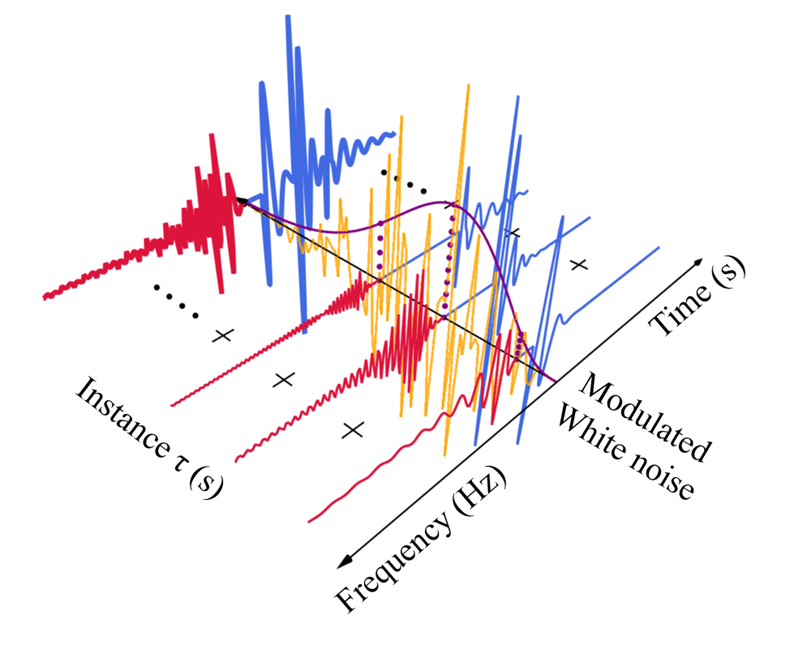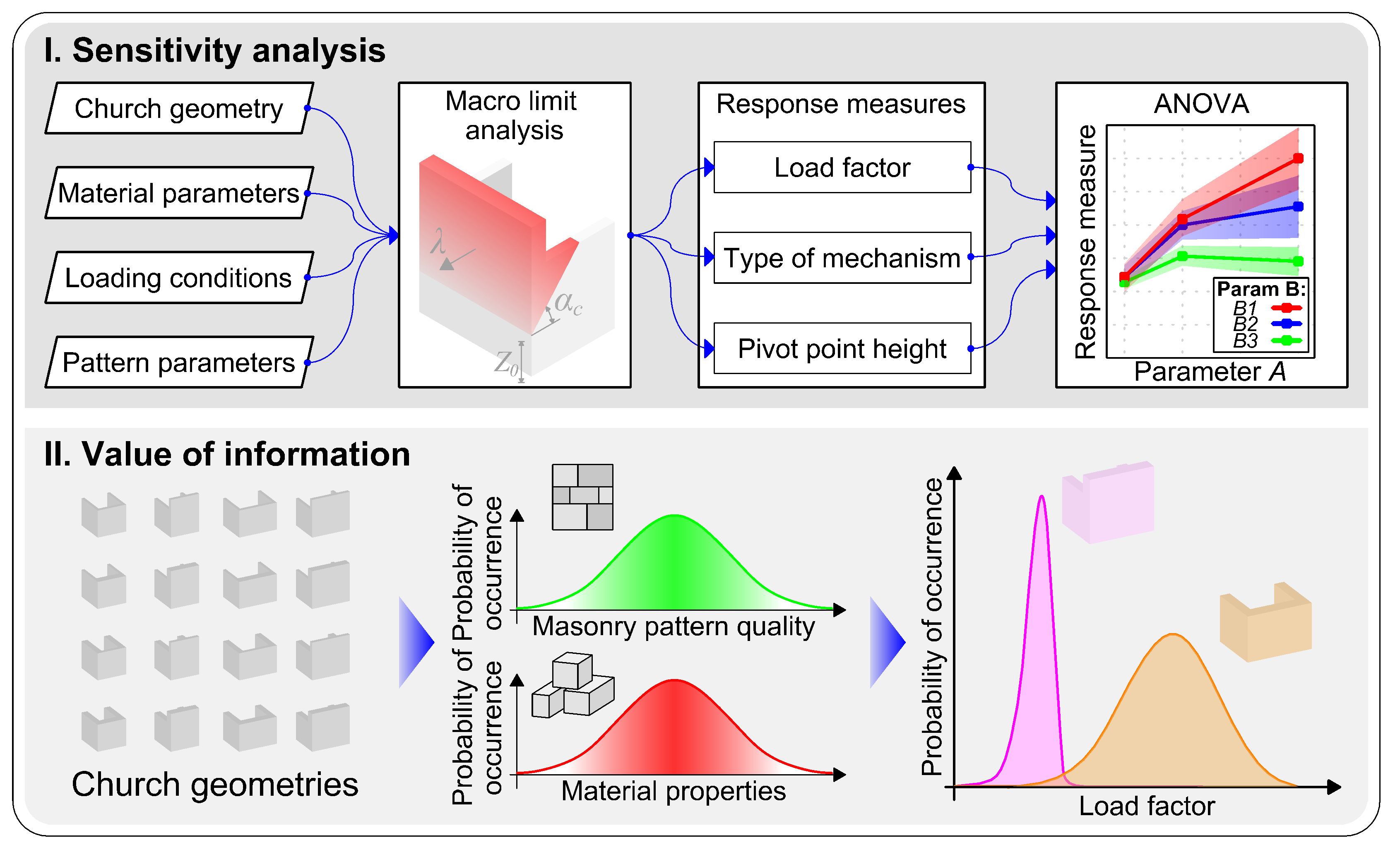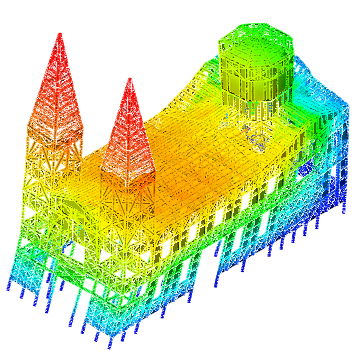Monumental masonry structures such as aqueducts, public or military constructions have been built using regular units neatly dressed without or in some cases with only very thin layers of weak mortar. Furthermore, initially mortared structures have often experienced a significant loss of mortar due to erosion or lixiviation processes, resulting in a structural behaviour similar to dry-joint systems. Detailed numerical modelling is commonly utilised to simulate the behaviour of such structures, which necessitates the proper definition of various input parameters to enhance the reliability of the results. Among several physical and mechanical input parameters, the normal and tangential interface stiffness play a key role in simulating masonry (either mortared or dry-joint) structures. Despite the paramount importance of such parameters, the existing literature lacks established experimental studies for their characterisation, and importantly their comparative validation.
To this end, this paper presents an extensive experimental campaign on limestone blocks focusing on the estimation of the tangential interface stiffness. Two intrinsically different methodologies are employed for the tangential interface stiffness description, aiming to obtain reliable and cross-validated results. The first methodology, namely deformation-based, uses direct shear-box tests and measures, through a digital image correlation system, the interface shear deformation upon shear stresses for different levels of normal stresses. The second methodology, namely vibration-based, utilises ambient vibration noise to measure the natural frequencies of the dry-stack assembly, which, in turn, provides a correlation with the tangential interface stiffness through an inverse dynamic analysis. The non-linear trend of the tangential interface stiffness with respect to the axial stress is discussed and the two methodologies are herein compared and validated. Due to its novelty, these results serve as a starting point for further developments within the understanding of the behaviour of dry-joint masonry.
